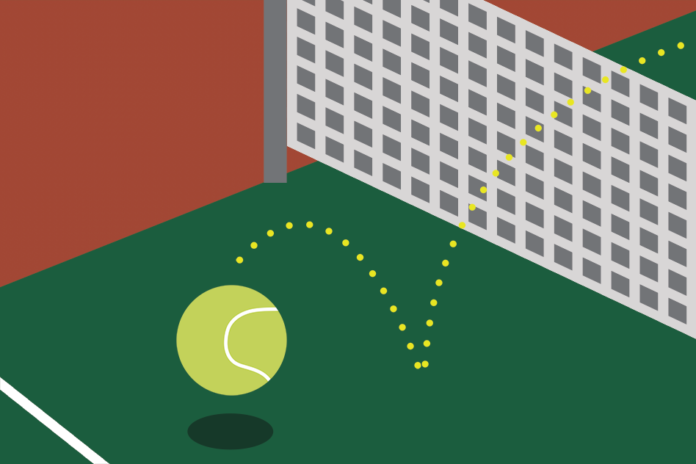Getting a bouncing ball or hitting a ball with a racket requires accessing when the ball will arrive. Neuroscientists have long believed that the mind does this by figuring the speed of the moving item. A new study by the MIT shows that how the brain incorporates information about the rhythmic patterns of an object’s movement.
Scientists found that people make much more accurate estimates when they have access to information about both the speed of a moving object and the timing of its rhythmic patterns.
People often process the information about moving objects from visual tracking of the objects. The brain use information about an object’s speed and the distance it has to cover to calculate when it will reach a certain point.
Mehrdad Jazayeri, the Robert A. Swanson Career Development Professor of Life Sciences said, “People get really good at this when they have both types of information available. It’s like having input from multiple senses. The statistical knowledge that we have about the world we’re interacting with is richer when we use multiple senses.”
“It occurred to us to ask, how can it be that the brain doesn’t use this information? It would seem very strange if all this richness of additional temporal structure is not part of the way we evaluate where things are around us and how things are going to happen.”
“In the case of perceiving object motion, teasing out the role of rhythmic timing, as opposed to speed, can be difficult. I can ask someone to do a task, but then how do I know if they’re using speed or they’re using time if both of them are always available? ”
Scientists devised a task to overcome this in which they could control how much timing information was available. They quantified performance in human volunteers as they played out the errand.
Amid the task, the volunteers watched a ball as it moved in a straight line. Subsequent to traveling some distance, the ball went behind a deterrent, so the members could never again observe it. They were requested to press a button when they anticipated that the ball would return.
Execution changed greatly relying upon the amount of the ball’s way was visible before it went behind the hindrance. In the event that the members saw the ball travel a short separation before disappearing, they didn’t do well. As the distance before disappearance out to be longer, they were better ready to ascertain the ball’s speed, so their execution enhanced however inevitably leveled.
After that level, there was a huge hop in execution when the separation before vanishing developed until the point when it was precisely the same as the width of the hindrance. All things considered, when the way observed before vanishing was equivalent to the way the ball went behind the deterrent, the members enhanced drastically, in light of the fact that they realized that the time spent behind the obstruction would be the same as the time it took to achieve the hindrance.
At the point when the separation flew out to achieve the deterrent turned out to be longer than the width of the snag, execution dropped once more.
Jazayeri said, “It’s so important to have this extra information available, and when we have it, we use it. Temporal structure is so important that when you lose it, even at the expense of getting better visual information, people’s performance gets worse.”
Scientists then examined several computer models of how the brain performs this task. They found that the only model that could accurately replicate their experimental results was one in which the brain measures speed and timing in two different areas and then combines them.
Jazayeri said, “Previous studies suggest that the brain performs timing estimates in premotor areas of the cortex, which plays a role in planning movement; speed, which usually requires visual input, is calculated in visual cortex. These inputs are likely combined in parts of the brain responsible for spatial attention and tracking objects in space, which occurs in the parietal cortex.”
Scientists further want to explore the task on brain activity in animals trained to perform the same task to find out where this processing takes place and could also reveal what happens in the brain when it makes incorrect estimates.
The study is published online in Journal PNAS.
